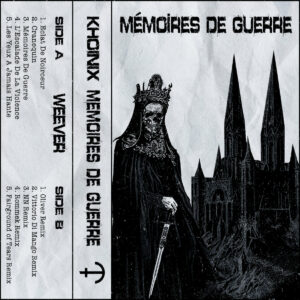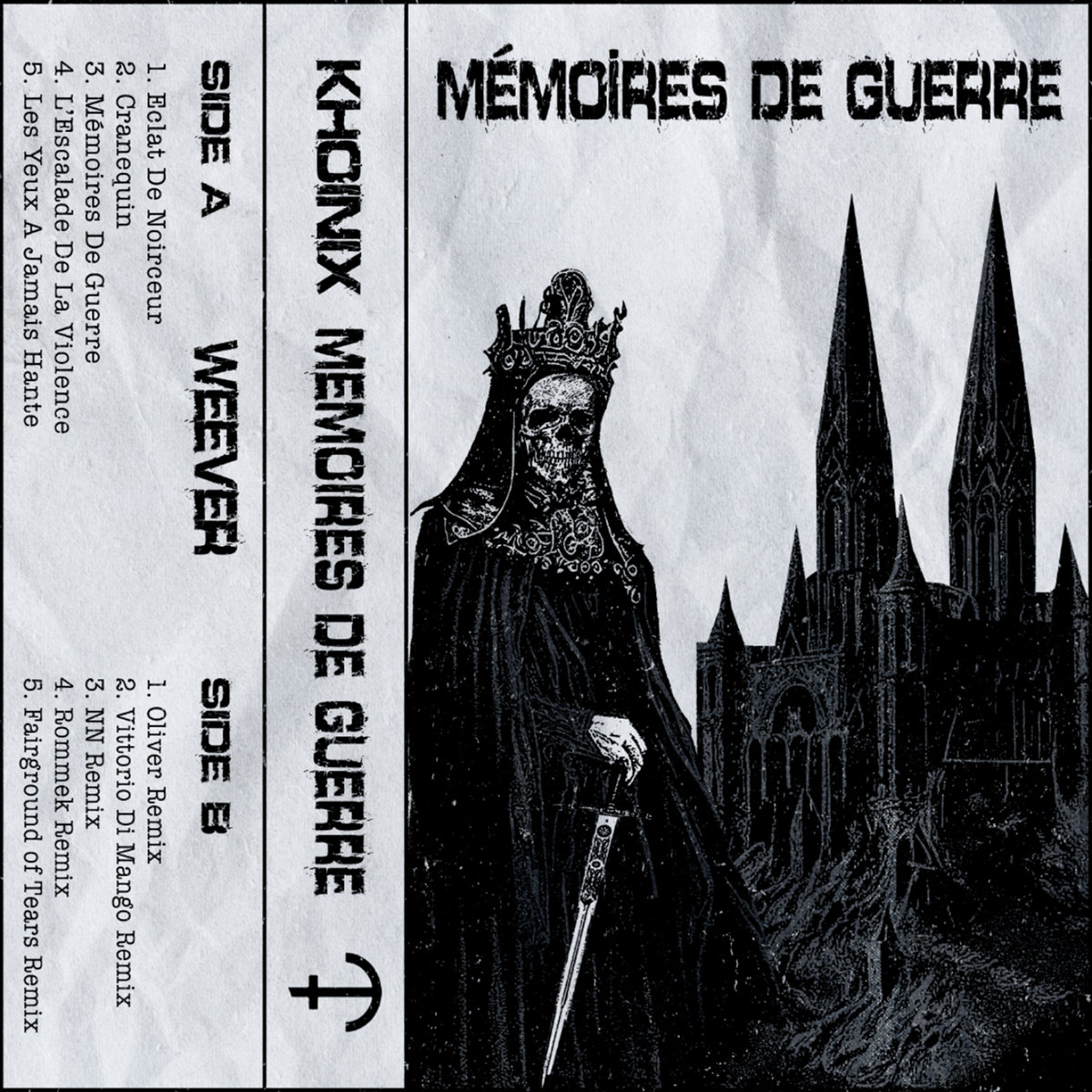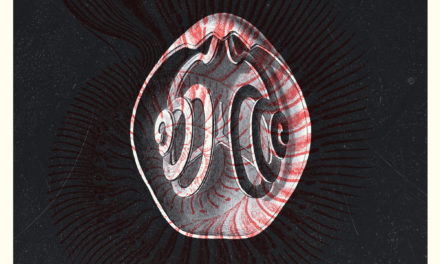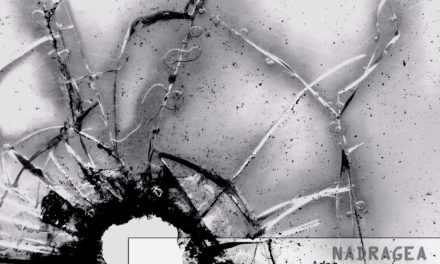
Weever
Mémoires de Guerre
Khoinix
Rennes, France-based producer Weever has about as conceptual a remit for his music as any we’ve encountered in the modern techno industrial landscape. Latest LP Mémoires de Guerre specifically references 13th century warfare as an inspiration, as portentous a backdrop as any for a genre release that draws from dark ambient, neo-folk and rhythmic noise as part of its sonic makeup. Less concept than context, the project’s medieval framework goes beyond invoking the cost of conflicts (presumably the Hundred Years war given the time frame) as a marker of brutality, and dips into the use of some period instrumentation to fill out its compositions.
This sort of thing is hardly new in the broader scope of Our Thing, with records by projects like Will and countless sketchy martial industrial releases treading comparable ground. Where Weever makes a good job of distinguishing itself on this release is in how it positions itself within the current instrumental industrial-techno sound. The title track has a clanging snare sound that given the low, whirring synths and sickly horn fanfare of the song can read as the clash of swords or hammer striking anvil, but also wouldn’t sound out of place on a more raved-up noisy cyber cut. “L’Escalade de la Violence”‘s mid-track breakdown uses drawn-out synth strings and bits of organic drums as textural devices, colouration that gives the track’s stormcloud grim synth pads the air of the calm before a battle.
If you have your doubts about whether any of this fits with the DJ-oriented end of the sound, the host of remixes that fill out side B of the EP draw some connections that might not otherwise be obvious. Oliver’s remix of “Eclat De Noirceur” adds some rhythmic gating, chirpy synths and a slightly more syncopated rhythm to the song, ever so subtly suggesting the current classic trance revival. CVSUMED goes one better and dips into the sort of rhythmic workout mixed with folk instrumentation that has become the bread and butter of The Devil & the Universe, letting the kick drum eat up a significant amount of musical real estate with ghostly choirs and snatches of hurdy gurdy and strings that occasionally rise above the fray.
Inasmuch as we’ve seen a boom and bust in the number of producers trying their hand at the various strains of techno that border Our Thing, the juxtaposition of electronic music and the medieval that fuels Mémoires de Guerre is a motif that continues to appear across the history of industrial as a genre. With that understanding, Weever’s exploration of that niche within a niche yields some notable and interesting examples of the formula and its potential for the grandiose and the ominous.





